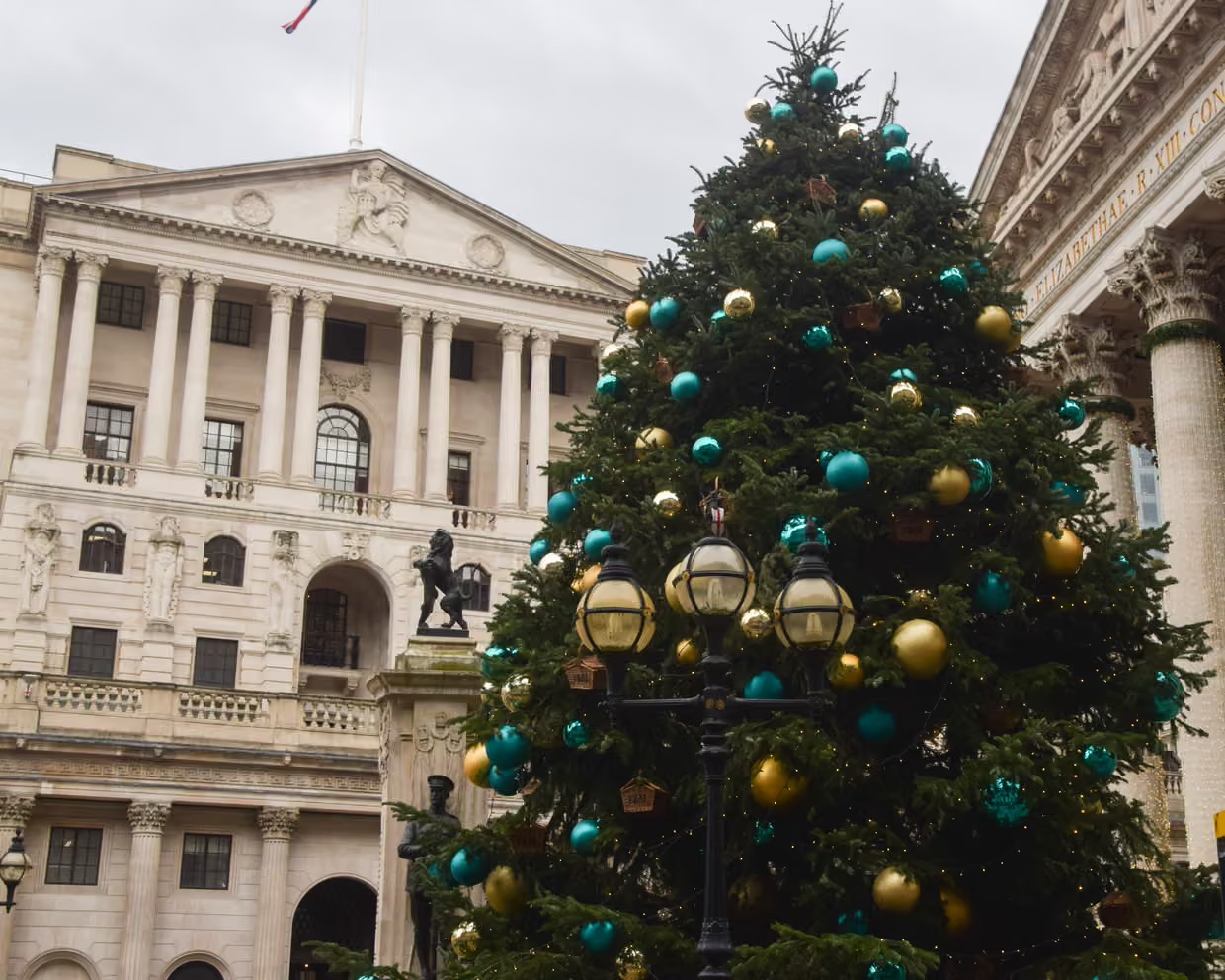THREE-FINGER SALUTE
‘Hunger Games’ Protesters Have Reached Myanmar’s Dystopian Capital
VICE says Welcome to Naypyitaw, one of the world’s weirdest capital cities, and a challenging place to stage protests.
Protesters flashing three-fingered salutes while rallying against tyranny in a dystopian capital controlled by menacing generals—these aren’t scenes from the Hunger Games franchise but modern-day Myanmar, which is now seeing its biggest demonstrations in more than a decade following a coup on Feb. 1.
The power grab started with the detention of civilian leader Aung San Suu Kyi, sparking outrage in Myanmar where she and her political party remain hugely popular despite losing favor in the West over the Rohingya crisis.
A growing civil disobedience movement has now reached Naypyitaw, Myanmar’s purpose-built capital—also regularly described as one of the world’s weirdest cities thanks to its vast, empty stretches of never-ending highways and grandiloquent, Pyongyang-like architecture.
Lonely Planet has called the city:
soulless, sprawling and shoddily constructed
Naypyitaw is notable for its unusually large size, low population density, and lack of people, many of whom were forcibly removed to build the city, according to rights groups.
Youth-led democracy movements in Bangkok, Hong Kong and Taipei have drawn inspiration from the Hunger Games movies and books, particularly with the adoption of the three-finger salute known as the Mockingjay, a sign of resistance first popularized by fictional teenage protagonist Katniss Everdeen in her fight against an oppressive regime.
In remarkably similar scenes to the fictional story, protesters crowding the roadside in the heart of Myanmar’s military power nexus this week raised three fingers in the air to defy their own oppressors.
Authorities fired rubber bullets, live ammunition and water cannon on Tuesday, critically injuring one woman in the demonstrations, according to reports that could not be independently verified.
The irony is that Naypyitaw was built by the previous military regime around two decades ago as a way of secluding itself from protest and even possible invasion, but is now at the centre of an uprising that the generals seem totally unprepared for.

"CURIOUSLY SOFT COUP"
Myanmar’s junta is in a much weaker position than many realize
NIKKEI ASIA says the curiously “soft” coup in Myanmar is reaching a tipping point, with resistance forming in the civil service and, perhaps, in the security forces. The international community must move quickly to split the junta from the troops and support the civil disobedience movement.
The most important thing to understand about the coup leaders is that they are a clique of generals who control, through straw men, Myanmar’s biggest corporations, as well as the lucrative trade in jade and other precious stones, narcotics and timber.
The coup is a nakedly desperate attempt by this clique of almost-has-beens to turn back the tide after the democratically-elected NLD government implemented an aggressively pro-market reform agenda that included mobilizing Western and East Asian investment into regular channels, improving public financial management and taking on corruption, which put the squeeze on the military’s shadow empire.
But the junta has so far applied a soft touch to the coup. The chief ministers of Myanmar’s 14 states and regions were transferred to their homes. The new MPs who had not yet been sworn in were told to go home. The independent media are still up. The internet is still working on and off, despite the weekend order that local telecom operators stop providing mobile and fixed-line data services.
The junta knows that, in all likelihood, they are driving Myanmar right into the arms of China. They also know this would be deeply unpopular. Their hope is that maybe they can have their cake and eat it in the style of the nonaligned authoritarian capitalism being pursued in neighbouring Thailand. Hence, they are trying to woo the international community with promises of continued cooperation on Myanmar’s transition — well, at least the economic bit. They are also trying to co-opt business leaders and politicians — and some are biting.
But the junta is actually in a weak position. They do not have the people or the civil service on their side. They do not even represent the police or the armed forces and they know it. As a source close to the NLD government told me:
These all voted for the NLD, for God’s sake
The junta is rattled by the expanding civil disobedience movement which started with doctors and nurses and has grown to six civilian ministries, where civil servants have downed tools in protest, and are advertising their resistance on social media. On the weekend, more people were coming out on the streets in protest. Crucially, the junta is struggling to impose discipline in their own ranks.
An escalation on the streets might not at all go well for them. The situation remains volatile, but right now, the dynamic is shifting away from the junta. So, what should the international community do about the coup?
A failed coup sends a powerful enough signal for the military leaders to watch themselves going forward. An elegant way to end this would be if the junta were to instruct the courts to look favourably at the complaint submitted by the NLD. The constitution would stay in place, and in the short run, the continued influence of the military in the future would be secure.
MEN IN GREEN NEVER LEFT
Myanmar’s Army Is Back in Charge. It Never Truly Left
NY Times says with the coup, the generals are ripping apart their prized project: a democratic front for a political system that still heavily favoured them.
The men in army green never truly retreated.
As Myanmar presented a facade of democracy to the world, the generals who had ruled the country for nearly half a century still dominated the economy and the halls of power. They even got away with what international prosecutors say was genocide in their murderous offensives against Rohingya Muslims.
With its pre-dawn coup – unseating an elected government – the military, led by Senior Gen. Min Aung Hlaing, was once again flaunting its ultimate authority.
The military is woven into the human fabric of Myanmar society
Not only does it have its own schools, hospitals and food production system, its elite are intermarried with business families and N.L.D. families, creating an integrated fabric that’s almost impossible to undo – (Richard Horsey).
Yet in the process of reasserting their command, the generals have ripped apart a prized project: a carefully constructed political system decades in the making that allowed them to camouflage their fists behind a veneer of democracy.
The Tatmadaw called it “discipline-flourishing democracy.” Though they allowed elections, army officers also reserved a quarter of the Parliament’s seats and crucial cabinet positions for themselves.
Politics in Myanmar are never bound by simple logic. Though the top brass had worked for years to design a system for their enduring benefit, they had also invested just one man — General Min Aung Hlaing — with the power to tear it down.
Rohingya Muslims had faced decades of persecution under Tatmadaw rule, but it was General Min Aung Hlaing who masterminded a campaign of terror that forced more than three-quarters of a million Rohingya to flee the country. As Rohingya villages burned, nationalists rejoiced at the expulsion of Muslims, who were considered foreign interlopers. The army chief’s popularity soared.
Soon, General Min Aung Hlaing was coveting the position of president, which he hoped to fill after retiring from the army this summer, military insiders said. But since 2015, when Myanmar’s first civilian government was voted in, the presidency has gone to loyal lieutenants to Ms Aung San Suu Kyi, who is constitutionally barred from the post.
PERSONAL AMBITION
Why the generals really took back power in Myanmar
CNN says “The Global New Light of Myanmar” has long been considered the mouthpiece for whoever is running the country, its pages dedicated to government propaganda and stiff images of officials on mundane visits to agricultural or development projects.
From 1962 until 2011, successive military regimes ruled Myanmar, formerly known as Burma, with an iron fist — asserting their absolute power over the people through fear and brutality.
But six years ago, there was hope of change when Aung San Suu Kyi — a Nobel Peace Prize winner and former political prisoner — formed the first civilian government with her National League for Democracy Party (NLD) after winning a landslide in elections.
That all changed when the military seized power in a coup, arrested 75-year-old Suu Kyi, cut internet services and took news channels off the air. A presenter on the military-owned news channel announced that the 64-year-old commander in chief Min Aung Hlaing was now running the country.
Myanmar has changed markedly in the years since the military last ruled, with more social freedoms, foreign investment and a growing middle class. For example, SIM cards that used to cost $1,000 a decade ago are now cheap and ubiquitous, and the population has quickly moved online with social media sites like Facebook synonymous with the internet.
While deep economic and inequality issues, conflict, and ethnic strife remain, Myanmar is a different place today than it was 10 or 20 years ago, especially in the major cities.
But the imperfect transition was not working for everyone.
The military justified their takeover by alleging widespread voter fraud during the November 2020 general election, which gave Suu Kyi’s party another overwhelming victory and dashed hopes for some military figures that an opposition party they had backed might take power democratically.
But according to analysts, a simpler explanation is that the coup, as most usually are, was driven by power and the personal ambition of an army chief who felt he was losing control and respect.
Go Deeper into the story
Myanmar coup: What is happening and why? – BBC News
Myanmar coup: Warning shots fired and dozens arrested as protesters defy military ban on gatherings – Sky News
New Zealand’s Ardern severs all contact with Myanmar military ‘government’ and vows to impose sanctions – The Independent
EXCLUSIVE: Fears grow for missing British teacher, 48, after he disappeared in Myanmar a week ago as protests sweep country over military coup – Daily Mail
Myanmar’s troubled forestry sector seeks global endorsement after coup – Mongabay
Myanmar coup: Fitness instructor unwittingly films video as takeover unfolds – BBC News
Myanmar coup protests grow – in pictures – The Guardian
Singapore businessman to end army-linked Myanmar investment – Aljazeera
Myanmar reverts to past with the ‘Lady’ detained and army in charge – FT
Quick Facts
Myanmar coup explained
The 2021 Myanmar coup d’état began on the morning of 1 February 2021 when democratically elected members of Myanmar‘s ruling party, the National League for Democracy, were deposed by the Tatmadaw—Myanmar’s military—which vested power in a stratocracy. The Tatmadaw proclaimed a year-long state of emergency and declared power had been vested in Commander-in-Chief of Defence Services Min Aung Hlaing. It declared the results of the November 2020 general election invalid and stated its intent to hold a new election at the end of the state of emergency. The coup d’état occurred the day before the Parliament of Myanmar was due to swear in the members elected at the 2020 election, thereby preventing this from occurring. President Win Myint and State Counsellor Aung San Suu Kyi were detained, along with ministers and their deputies and members of Parliament.
Naypyitaw
What is the language of Myanmar?
Burmese
The official language is Burmese, spoken by the people of the plains and, as a second language, by most people of the hills. During the colonial period, English became the official language, but Burmese continued as the primary language in all other settings.
The choice of names stems from the existence of two different names for the country in Burmese, which are used in different contexts. The official English name was changed by the country’s government from the “Union of Burma” to the “Union of Myanmar” in 1989, and still later to the “Republic of the Union of Myanmar”.






